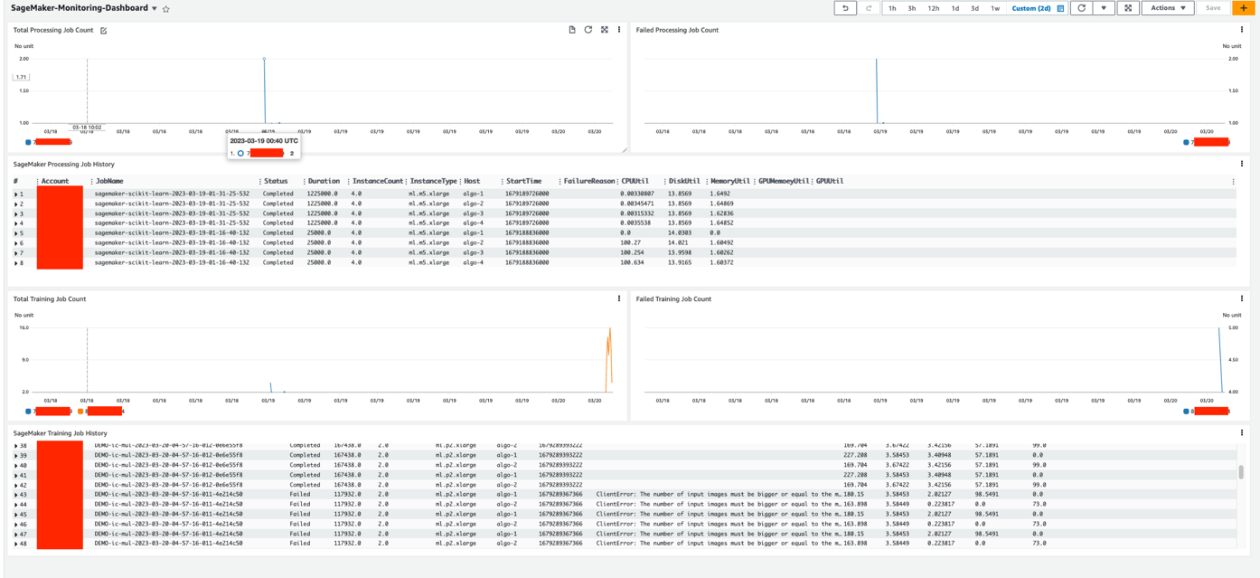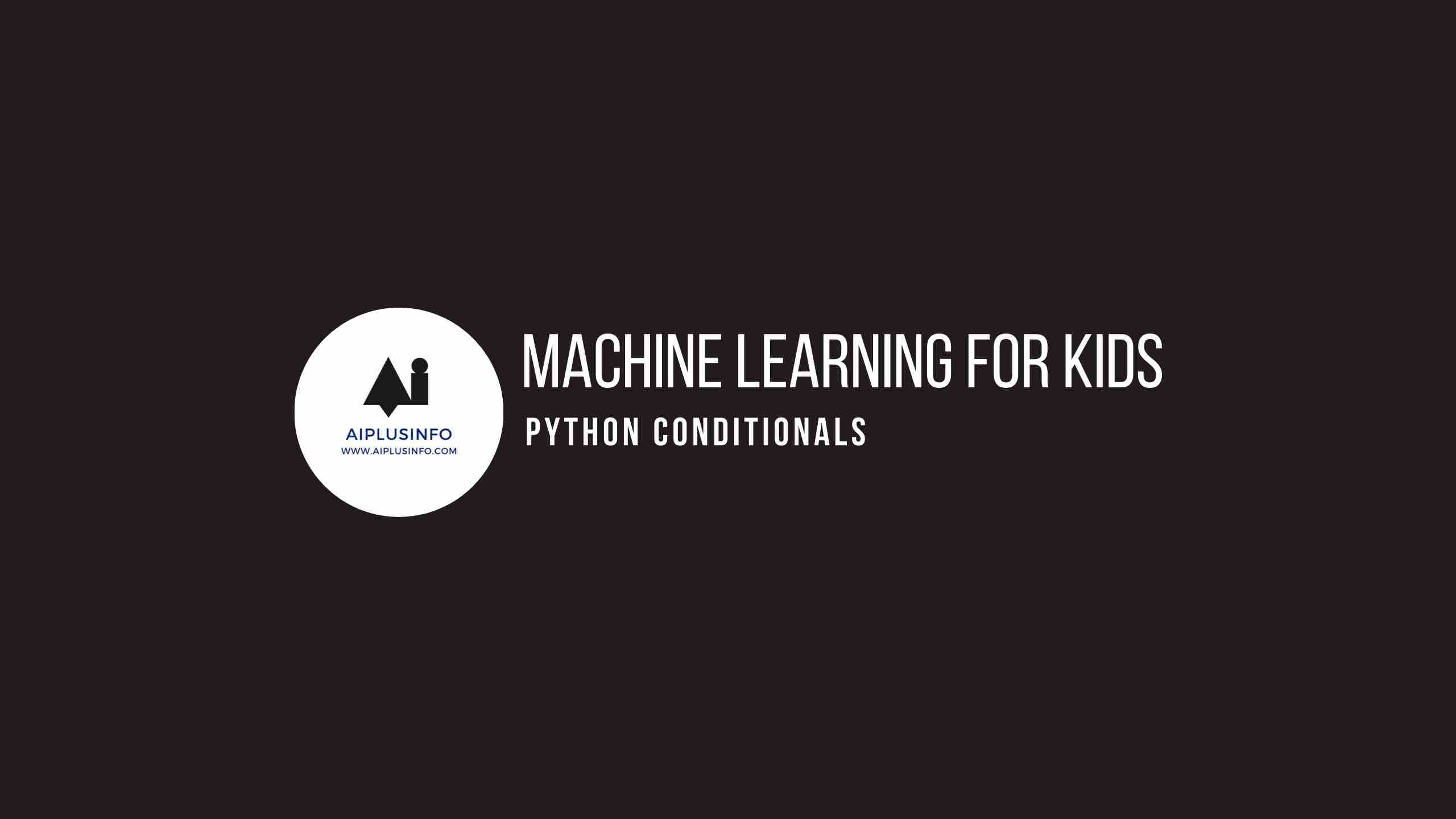Intelligent Document Processing(IDP) is a term that is being thrown around a lot & gaining significant attention from enterprises. But what exactly is it? Why does it matter? What are it’s benefits? Here’sVue.ai’s primer!
Intelligent Document Processing(IDP) – Explained
Intelligent document processing is the term used to describe the use of advanced technologies to extract information from unstructured or semi-structured documents automatically. IDP has the potential to significantly improve the efficiency and accuracy of various business processes, such as invoice processing, customer service, and data entry.
The key aspect of intelligent document processing is the use of artificial intelligence (AI) algorithms to analyze and extract information from documents, unlike Robotic Process Automation(RPA). This is done using a combination of natural language processing (NLP), which involves using machine learning algorithms to analyze and understand the meaning of the text, and optical character recognition (OCR) to extract text from scanned documents or machine learning algorithms to classify documents based on their content.
Also Read: What is Intelligent Document Processing (IDP)?
How does Intelligent Document Processing work?
Here are some frequently asked questions about IDP:
Are OCR and IDP the same?
One common question that prevails around intelligent document processing is if it is the same as optical character recognition. The answer is no.
Optical Character Recognition(OCR) is the process that converts information from an image or a document into a machine-readable text format. OCR is a part of IDP, it is not the same.
OCR is usually the first process that an IDP system undertakes to extract data, after which it processes it through other methods.
Also Read: OCR Explained: A Guide to How OCR Technology Works.
What is the difference between RPA and IDP?
Robotic Process Automation(RPA) involves programming a bot to perform a set of repetitive tasks to increase efficiency in business processes. However, RPA systems cannot handle exceptions on their own and require manual intervention.
Intelligent Document Processing(IDP) is categorized as ‘Intelligent Automation’, which essentially means, automation that is powered by AI. With IDP, the system picks up any exception and solves it without any manual intervention because it is context-aware.
In most scenarios, a combination of IDP and RPA solutions is deployed to significantly improve efficiency and reduce costs.
Also Read: 10 Ways How RPA Can Boost Your Business
Benefits of Intelligent Document Processing(IDP)
Saved Time & Costs(Automation)
One of the major benefits of intelligent document processing is the ability to automate tasks that would otherwise be time-consuming and error-prone for humans. For example, a company may use intelligent document processing to automatically extract data from invoices, such as vendor information, product details, and payment terms. This can greatly reduce the time and effort required to manually enter this information into a company’s financial systems, freeing up employees to focus on more strategic tasks.
Reduced Errors(Accuracy)
Intelligent document processing can also improve the accuracy of data entry and reduce the risk of errors. By using AI algorithms to analyze and extract information, the likelihood of human error is greatly reduced. This can lead to more accurate financial reporting, better customer service, and more efficient business processes overall.
Where can you apply Intelligent Document Processing?
Intelligent document processing may be used to identify and categorize documents based on their content in addition to automating data input activities. For businesses like law firms or government agencies that need to handle and keep a lot of papers, this may be very helpful. Utilizing machine learning algorithms to categorize documents makes it simpler to search for and retrieve pertinent papers, increasing productivity and efficiency.
Customer service is another area where intelligent document processing may be used. For instance, a business may utilize AI algorithms to read client emails automatically and extract pertinent data, such as the customer’s identity, the difficulty they are experiencing, and any pertinent information. The customer support process may then be made more swift and effective by using this information to direct the client’s request to the proper division or agent.
The use cases extend to so many more use cases across industries, ranging from healthcare to insurance. Learn more about the use cases here!
Also Read: Automation vs AI: What is the Difference, Why is It Important?
Vue.ai’s Intelligent Document Processing Solution
Vue.ai’s IDP makes use of cutting-edge technologies including NLP, computer vision, and intelligent OCR. Furthermore, vue.ai’s patented intelligence layer employs an ensemble strategy and applies pertinent models for certain issue formulations, workflows, and use cases. Its AI-powered solution can efficiently automate and scale the data processing since it can comprehend the issue and context of the situation.
The Vue.ai Advantage
Here’s a closer look at the advantages that Vue.ai can offer your organization!
Accuracy & Reliability: Document processing becomes simpler and more precise with intelligent extraction and field-level precision with Vue.ai’s IDP solution. By utilising powerful NLP and clever OCR technologies, Blox is able to achieve high levels of accuracy and reliability while extracting information.
Scalability: By automating workflows and verifying, matching, and reconciling data, Vue.ai can handle massive volumes of documents quickly and effectively, enabling organisations to grow with ease.
Customizable: Vue.ai offers a great level of customization when creating processes/workflows, enabling you to adapt the platform to your own business goals and requirements.



